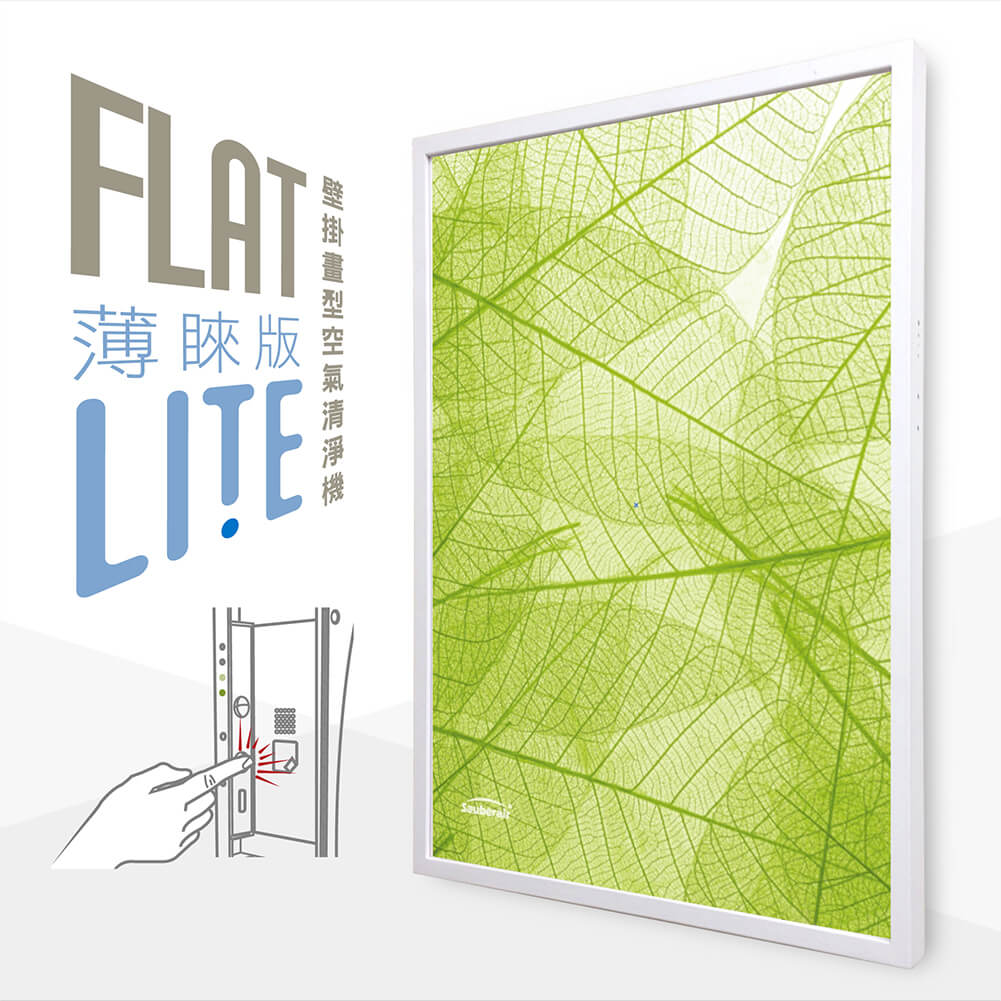| What is PM1.0 / PM2.5 / PM10
What is PM2.5
Particulate matter (PM) refers to solid particles or liquid droplets suspended in the air, originating from sources such as water mist, dust, pollen, skin flakes, various allergens, smog, human emissions, and wind-blown waste, including animal excrement.
Among them, particles with an aerodynamic diameter (referred to as diameter) smaller than or equal to 10 micrometers (µm) are known as PM10, while those with a diameter smaller than or equal to 2.5 µm are termed PM2.5, for instance, indoor secondhand smoke. Suspended particles can linger in the atmosphere for an extended period, with 0.1 µm particles capable of floating in completely still air for up to 34 days without settling to the ground. They can enter the body through respiration, accumulate in the bronchi or alveoli, and affect one's health. PM2.5 fine particles are larger than viruses but smaller than bacteria. Generally, PM2.5 particles are considered small and not easily filtered by the upper respiratory tract, making them susceptible to carrying harmful substances into the body.
Among them, particles with an aerodynamic diameter (referred to as diameter) smaller than or equal to 10 micrometers (µm) are known as PM10, while those with a diameter smaller than or equal to 2.5 µm are termed PM2.5, for instance, indoor secondhand smoke. Suspended particles can linger in the atmosphere for an extended period, with 0.1 µm particles capable of floating in completely still air for up to 34 days without settling to the ground. They can enter the body through respiration, accumulate in the bronchi or alveoli, and affect one's health. PM2.5 fine particles are larger than viruses but smaller than bacteria. Generally, PM2.5 particles are considered small and not easily filtered by the upper respiratory tract, making them susceptible to carrying harmful substances into the body.

In fact, particles with a diameter of 2.5 µm are relatively large. According to recent nanotoxicology research, over 80% of particles larger than 1 µm are intercepted by our upper respiratory tract (nasal cavity and throat) and do not penetrate deep into our bodies, posing less concern for our health. However, these particles larger than 1 µm can cause discomfort in our nasal cavity and respiratory tract, leading to symptoms like a runny nose and sneezing, which are allergic reactions. Filters with moderate to high efficiency can effectively filter out particles larger than 1 µm.

These nanoscale ultrafine particles, smaller than 0.05 µm, are the ones that can easily penetrate the deepest regions of the respiratory system, entering the bronchi and alveoli, potentially causing permanent harm to our bodies. However, there is no need to be overly concerned about this, an affordable medium to high-efficiency filter is sufficient to capture the majority of these particles through "Brownian motion" and "van der Waals forces" between molecules. To those smaller particles, it has better filtration performance, often reaching nearly 100% filtration rate.
Source: Deposition and biokinetics of inhaled nanoparticles, Marianne Geiser and Wolfgang G Kreyling, Particle and Fibre Toxicology Volume, 7, Article number: 2 (2010)
The particle size that poses a relatively high risk to human health is in the range of approximately 0.005-0.05 µm, consisting of nanoscale ultrafine particulate matter.

These nanoscale ultrafine particles, smaller than 0.05 µm, are the ones that can easily penetrate the deepest regions of the respiratory system, entering the bronchi and alveoli, potentially causing permanent harm to our bodies. However, there is no need to be overly concerned about this, an affordable medium to high-efficiency filter is sufficient to capture the majority of these particles through "Brownian motion" and "van der Waals forces" between molecules. To those smaller particles, it has better filtration performance, often reaching nearly 100% filtration rate.
Source: Deposition and biokinetics of inhaled nanoparticles, Marianne Geiser and Wolfgang G Kreyling, Particle and Fibre Toxicology Volume, 7, Article number: 2 (2010)
| Recommended |

FLAT-LITE Manual Version
Experience the benefit of FLAT in the most economical way!
Smart Package
US$ 599

FLAT™ Wi-Fi / IoT
Perfect blends into your home decor and frees up floor space.
Smart Package
US$ 899

FLAT-BT IoT + Bt Speakers
Let your nose, eyes and ears get the best feeling at the same time.
Smart Package
US$ 999




